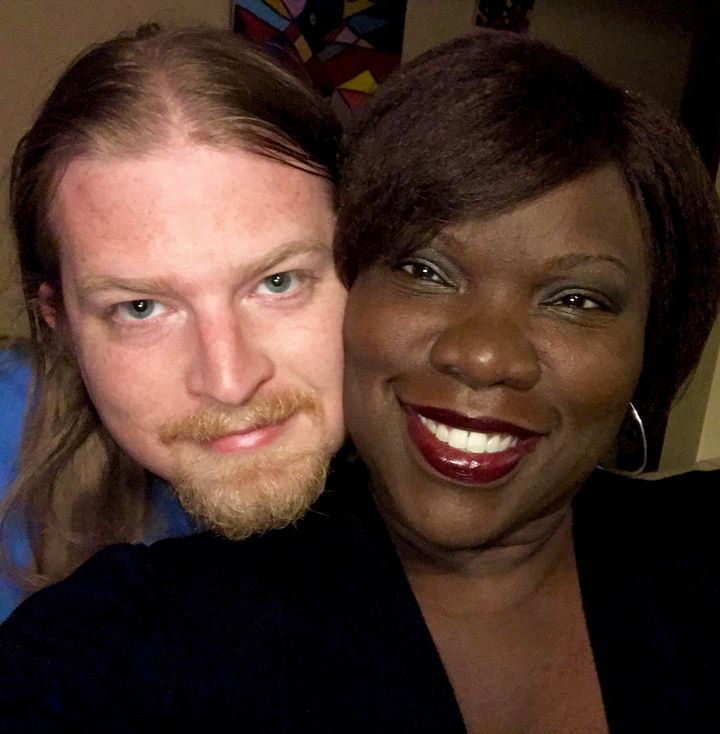As a Black American therapist who serves clients that practice polyamory, and as someone who practices polyamory myself, I looked forward to the publication of the NY Times article, “Is an open marriage a happier marriage?” There is a common contrived narrative about consensual nonmonogamy that is pervasive in mass media representations, but I had high hopes that the NY Times article would disrupt the trend. I knew several colleagues and friends who do not fit the typical mold were interviewed for it.
When I read the New York Times article, I instead discovered that the author presented a pigeonholed, whitewashed, homogeneous experience as the whole of polyamory. One of the things that I know to be true is that pigeonholing or dictating people’s experience is a disservice to the people in any community. Within the professional and personal communities I belong to, there has been much discussion about these simplifications of polyamory. When I refer to whitewashing, what I mean is that the representation of what is the norm for polyamory is 30-somethings, affluent, white, thin, triad. Most often two women and one guy. When I opened the article, I saw one picture of a black heterosexual couple. As I scrolled down, that’s all that was black, brown, and different. That’s as much of a deviation that we got. That is one degree of variation.

White, cisgender, and heterosexual are far from the only demographic that are practicing open relationships. Research into polyamorous relationships and my own experience show a wide variety of diversity within the community. Those who practice polyamory are more likely to be sexually fluid, they often have children and strong co-parenting relationships with multiple people, they have all shapes and sizes of bodies, belong to every race. The media representation of open relationships is not assisting with demystifying nonmonagamous relationship dynamics; it is actually concealing more about the reality than it reveals.
There is a phenomenal depth of experience, an unimaginable range of stories, within polyamorous communities. I know quads that have been together for 40 years. I know people who prefer to live alone and spend time at various lovers’ and partners’ homes when they choose. The article did not offer any language that spoke of this diversity in the structure of relationships, from solo poly, to vees, triads, quads, tribes, families, polycules. All we saw was couples and friends with benefits.
Even though it is beyond the scope of this particular blog post, there are also larger implications that are part of the polyamorous community overall that were not discussed. The same social ills that are in mono-normative communities, also extend into polyamory, such as segregation, accessibility issues, availability, stigma, ageism, classism, ableism. All of those come into the polyamorous community, but because the poly community is a lot smaller and more condensed, these issues are magnified.
There are also many beautiful aspects of polyamory which were not discussed such as the economic implications of more than two adults in a household, such as families that share in the cooking and childcare and household expenses. There are families that could not survive with one or two parents but thrive with five.
For African-American communities, the language is different. It’s about the village, it’s about the family. It’s about sexual fluidity that is celebrated and liberated. It is about decolonizing and reclaiming what was historically, traditionally, their culture, before it was stripped from them by the Middle Passage.
As a black woman, my experience, language, and perspective intersects with my relationships in a way that is beautifully unique, and nowhere to be found in this article. The relationships of other people in this community are all just as unique, and just as absent.

Chase and Ruby Johnson
Guest Contributor Chase J Johnson Software Engineer and Badass Partner
Contributor Ruby B Johnson Find me www.blacksexgeek.net or www.sextherapistruby.com
PolyDallas Millennium LLC 3rd Annual Symposium July 14-16, 2017
The Only Polyamory Conference in Texas www.polydallasmillennium.com
